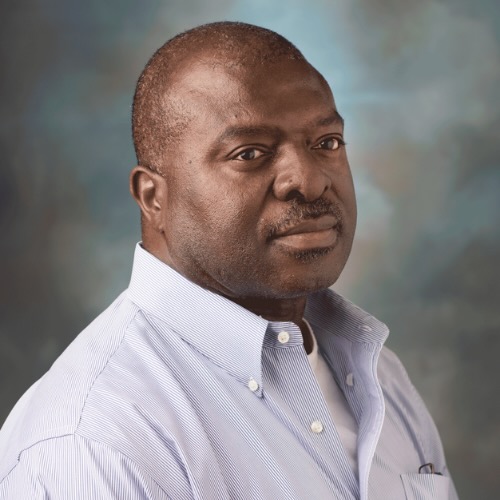Dr. Kima is interested in uncovering how pathogens are able to evade the immune system.

Peter Kima, Ph.D.
Associate Professor of Microbiology and Cell Science (University of Florida)
A native of Cameroon, Dr. Kima received his undergraduate degree from the University of Maryland, and a M.S. in Public Health from Tulane University. He pursued his Ph.D. in Molecular Biology and Genetic Engineering at Hahnemann University (now part of Drexel). As a Ph.D. student, Dr. Kima received funding from the Rockefeller Foundation to return to Cameroon to conduct research on protective immune responses to malaria. He graduated with his Ph.D. in 1992 and was a postdoctoral fellow at the medical school at Yale. He came to the University of Florida in 2007.
Leishmania is a genus of trypanosome parasites that can infect humans after being bitten by an infected sand fly. There are few different types of leishmaniasis based on the specific species of parasite, but one of the most commmon types is cutaneous leishmaniasis, which causes skin sores. Leishmania parasites escape the immune system by hiding inside human cells. Specifically, they form a bubble around themselves called a parasitophorous vacuole (PV). A drug called Retro-2cycl was recently shown to impair the ability of Leishmania parasites to infect human cells: cells treated with the drug contained smaller PVs and each PV contained fewer parasites.
In a recent paper, Dr. Kima and colleagues compared retro-2cycl to two analogs (compounds with similar structure) that had been shown to be more effective against other infections. They found that indeed these optimized analogs were more effective than the original drug for three reasons. First, instead of just preventing the parasites from making more copies of themselves, these new compounds actually actively killed the parasites. Second, the optimized compounds (but not the original) reversed the effect of the parasite on suppressing inflammation in infected cells. Third, the effects of the optimized compounds continued after the treatment ended. This paper establishes these two retro-2cycl analogs as attractive potential new drugs for treating Leishmania infections.